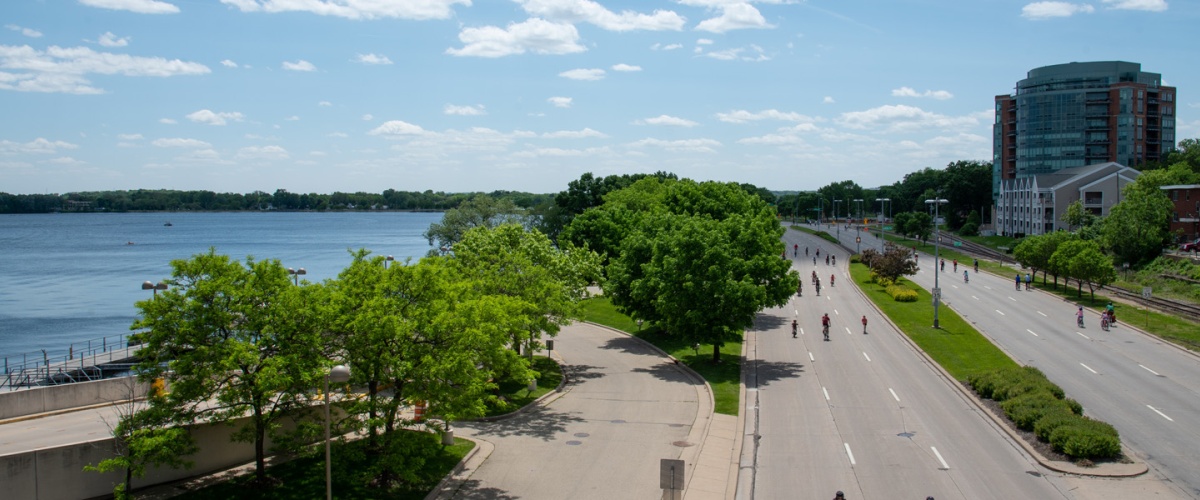
Carbon Monoxide Detectors – Not Just a Good Idea But The Law
Carbon Monoxide, a colorless, odorless and tasteless gas which is toxic to humans in concentrations greater than 35 ppm is a product of incomplete combustion of organic matter. On average, 170 people in the United States die every year from CO poisoning which is produced by non-automotive consumer products. In many instances individuals may become ill and require medical intervention. Symptoms of CO poisoning include headache, fatigue, shortness of breath, nausea, dizziness, mental confusion and on high level concentrations include loss of muscular coordination, loss of consciousness and ultimately death.
Prevention of CO poisoning includes making sure that all fuel burning appliances are installed, vented and operating properly, and taking all precautions when devices may produce CO. One of the most important things that can be done is to install a CO detector.
The Wisconsin State Legislature acknowledged the important of the device when it passed a law requiring installation of a carbon monoxide detector in all dwellings where carbon monoxide may be produced, including one- and two-family dwellings.
Improperly vented furnaces and fireplaces are a common source of carbon monoxide leaks, which often leads to an increase in the number of incidents during the home heating season.
The City of Madison Fire Department reminds residents:
- CO alarms should be installed in a central location outside each sleeping area and on every level of the home and in other locations where required by applicable laws, codes or standards.
- Follow the manufacturer’s instructions for placement and mounting height.
- Choose a CO alarm that has the label of a recognized testing laboratory.
- Test CO alarms at least once a month; replace them according to the manufacturer’s instructions.
- Never warm up a motor vehicle in the garage, even with the door open.
- Furnace and water heater vent pipes that run outside the home need to be clear of snow and ice in order for the units to operate properly. Blocked pipes can shut down the furnace or water heater and lead to a carbon monoxide build up inside the home.
